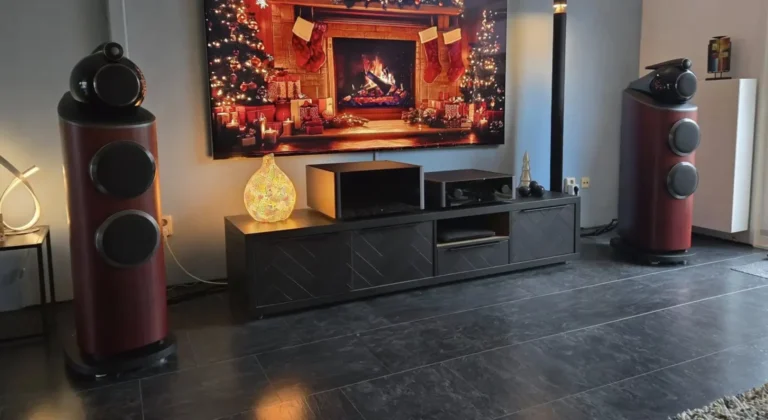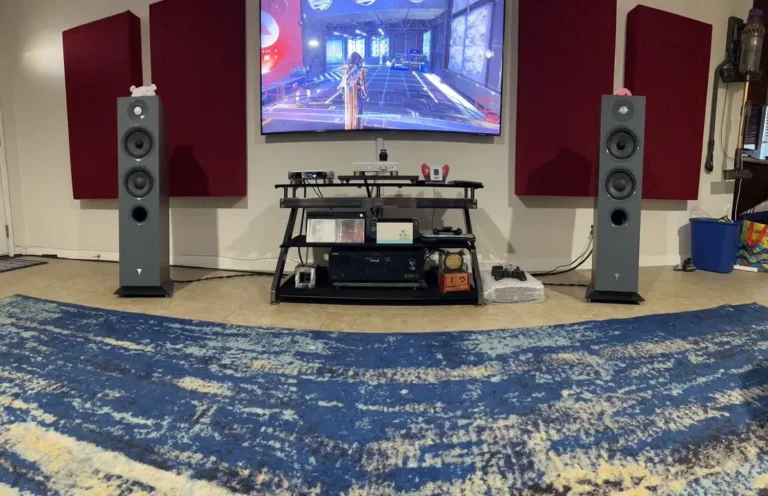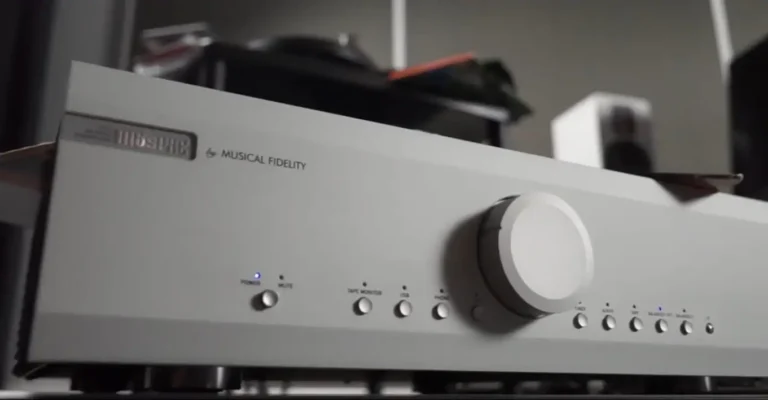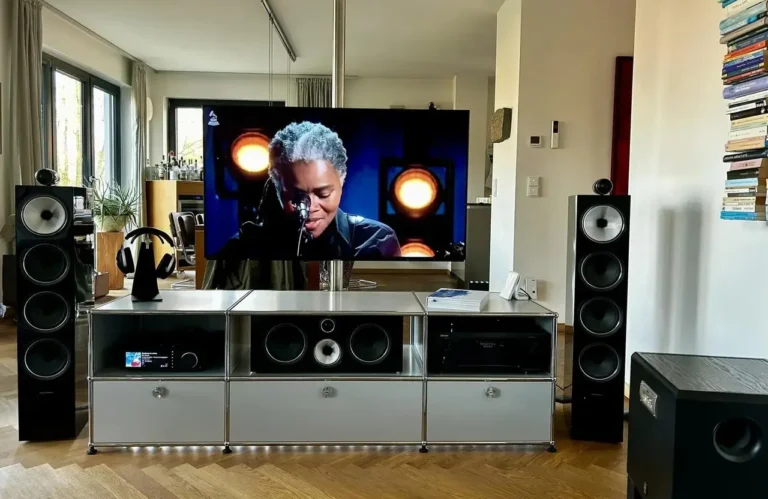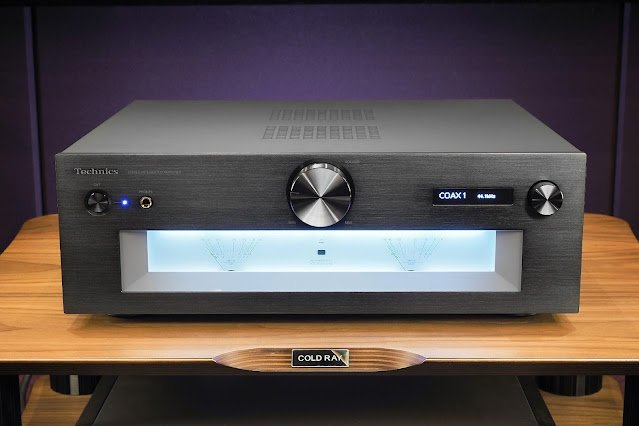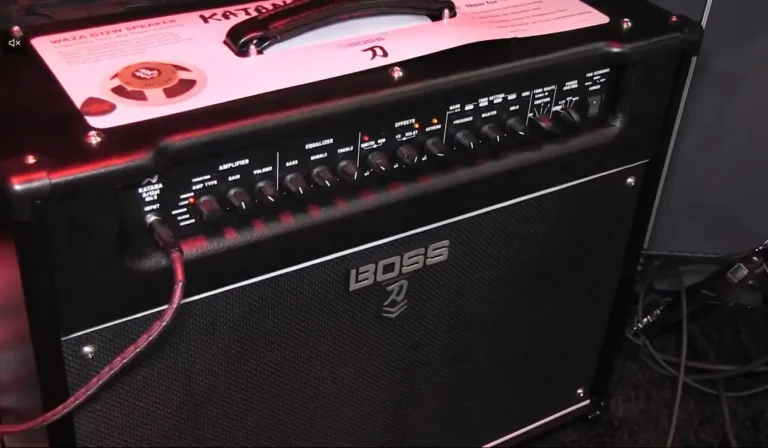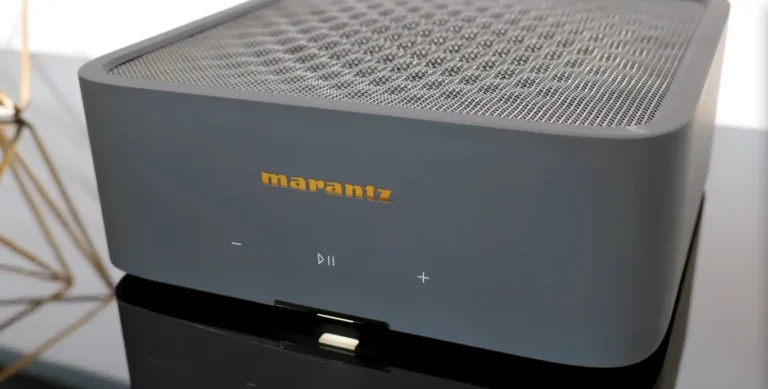Audiophile Spotlight #101: Patrick Koster’s Refined Audio Setup
Patrick Koster has meticulously assembled an audio system that exemplifies power, precision, and pure sonic excellence. His setup, featuring top-tier components, delivers an awe-inspiring listening experience that any audiophile would admire. Patrick Koster Setup: Preamplifier:At the heart of Patrick’s system lies the Michi P5 preamplifier, an engineering masterpiece. Known for its ultra-low distortion and pristine…

